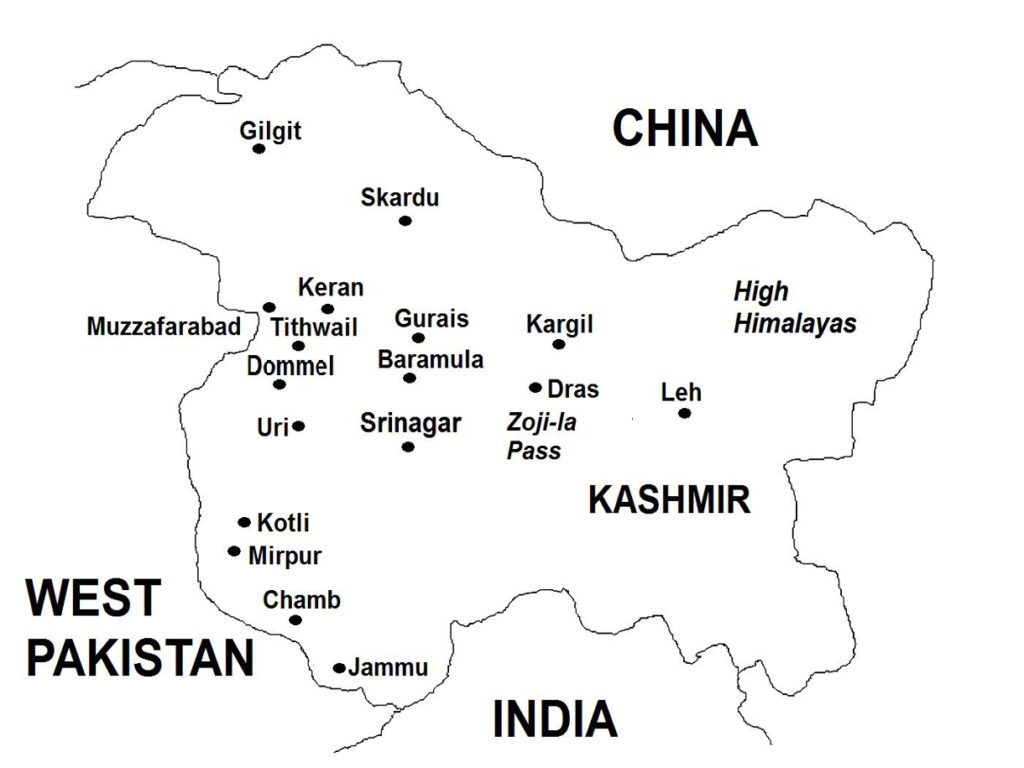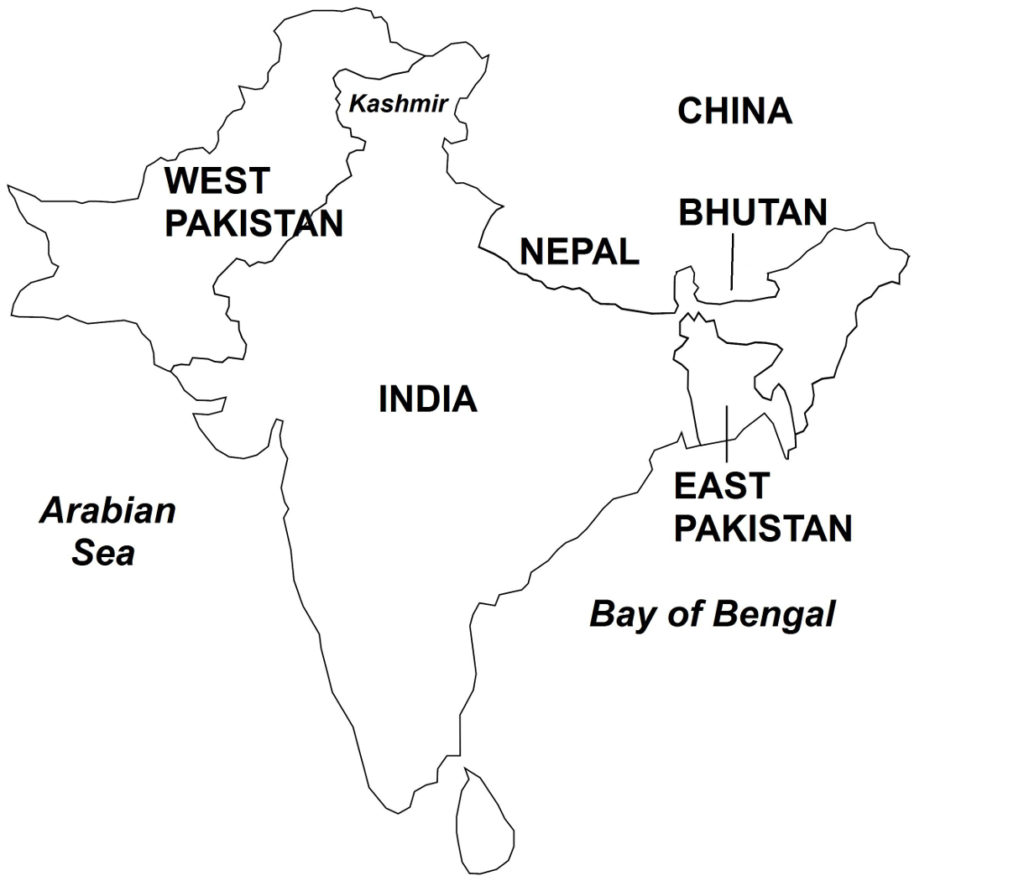On October 22, 1947, when rumors surfaced that Kashmir would merge with India, Kashmiri Muslims in the state’s western regions broke out in rebellion. The rebels soon were joined by Pakistani fighters who entered the Kashmiri border from Pakistan. The rebels and Pakistanis seized the towns of Muzzafarabad and Dommel where they disarmed the Kashmiri troops, who thereafter also joined the rebels.

Within a few days, the rebellion had spread to Baramula and threatened Srinagar, Kashmir’s capital. The Kashmiri ruler fled to India, where he pleaded with the Indian government for military assistance. The Indians agreed on the condition that Kashmir be merged with India, to which the Kashmiri ruler gave his consent. Soon thereafter, Kashmir’s status as a sovereign state ended. On October 27, 1947, Indian forces arrived in Srinagar and expelled the rebels, who by this time, had entered the capital.

(Taken from Indian-Pakistani War of 1947 – Wars of the 20th Century – Volume 2)
Background On August 15, 1947, the new state of Kashmir (Map 1) found itself geographically located next to India and Pakistan, two rival countries that recently had gained their independences after the cataclysmic partition of the Indian subcontinent. Fearing the widespread violence that had accompanied the birth of India and Pakistan, the Kashmiri monarch, who was a Hindu, chose to remain neutral and allow Kashmir to be nominally independent in order to avoid the same tragedy from befalling his mixed constituency of Muslims, Hindus, and Sikhs.
Pakistan exerted diplomatic pressure on Kashmir, however, as the Pakistani government had significant strategic and economic interests in the former Princely State. Most Pakistanis also shared a common religion with the overwhelmingly Muslim Kashmiri population. India also nurtured ambitions on Kashmir and wanted to bring the former Princely State into its sphere of influence. After Kashmir gained back its sovereignty, the British colonial troops departed; consequently, Kashmir was left only with a small native army to enforce peace and order.
